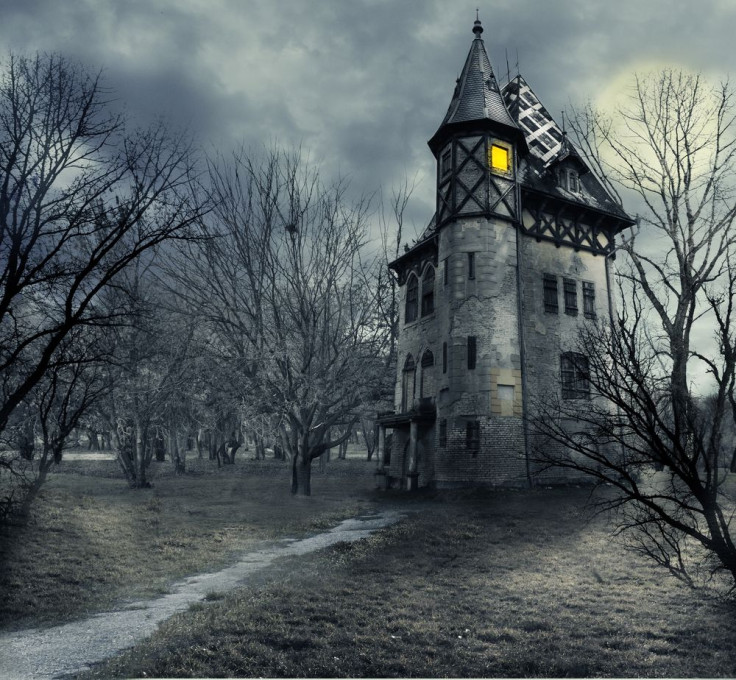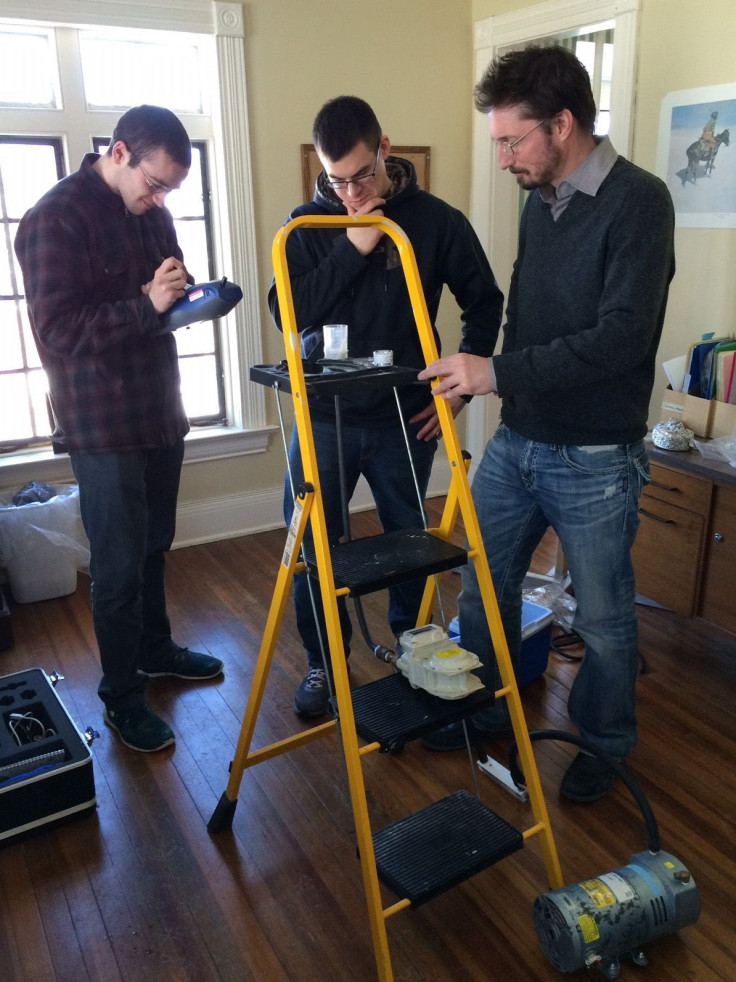The Real Ghostbusters Investigate Mold, Not Moans, Within Haunted Houses

Undoubtedly, you will think the Clarkson University (or real) ghostbusters are on the right track. Instead of following in the footsteps of their reality show counterparts, these scientists are investigating potential links between house hauntings and indoor air quality. Since toxic mold can trigger psychosis, they believe the real reason that one pesky poltergeist will not leave you and your ancient house alone has to do with air quality and your own sensitivity to indoor pollution.
“Hauntings are very widely reported phenomena that are not well-researched,” Dr. Shane Rogers, an associate professor of Civil & Environmental Engineering, stated in a press release.
Naturally, this lack of research waves in the air like a big red flag to Rogers. So, like any true scientist presented with insufficient data, he and his undergraduate students decided to go to the source and collect more facts and figures, so that eventually they might analyze their way to the truth. Specifically, Rogers and his students can be found running around the North Country of New York, measuring air quality in houses and other buildings reported to be haunted. (Notably, the Frederic Remington Art Museum in Ogdensburg is one such location.)
The Clarkson group expects their data collection phase will last through the summer. Then, after gathering enough necessary samples and measurements, the team hopes to compare haunted houses to similar places with no reported ghosts and in this way identify any unique factors that might be contributing to the spookiness of the former locations. In particular, they will look for commonalities in the mold microbiome, while analyzing various toxic molds that could be causing psychological effects in humans.
What is the mold microbiome? It is the sum total genetic material contained within the bacteria comprising mold. Essentially, the mold microbiome constitutes a symbiotic (if horrifying to think about) community of writhing microorganisms.
Rogers is a longtime fan of ghost stories, he says, so his endgame with this project is not to debunk the legends. Instead, he hopes to provide new insight into why certain places might be perceived to be haunted. After all, hauntings are most often reported in older houses and rarely make their appearances in new freshly painted buildings. Since older structures often have poor air quality, this suggests an indoor pollution problem.
“Some people have reported depression, anxiety, and other effects from exposure to biological pollutants in indoor air,” Rogers said, adding that he and his students hope to link hauntings to “specific pollutants found in indoor air.” In the end, he’s betting he can provide real answers to ghostly phenomena while helping people in the process.
Who could argue with that? Rogers and his students are the real ghostbusters.

Published by Medicaldaily.com



























